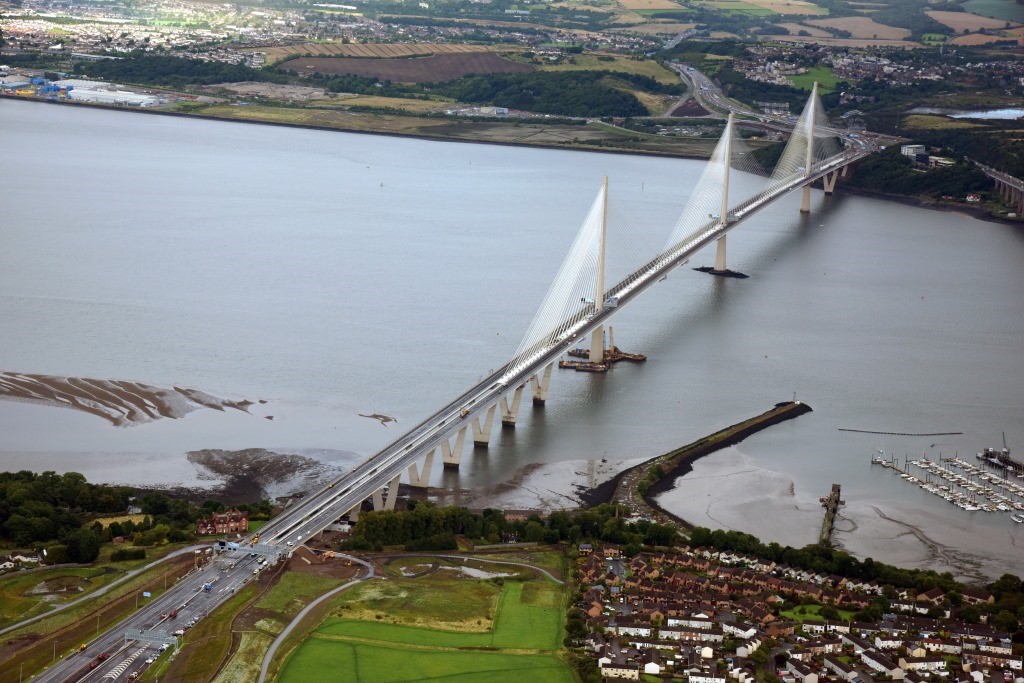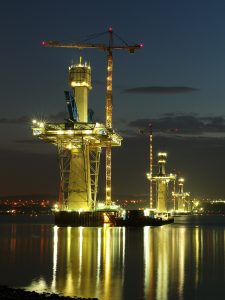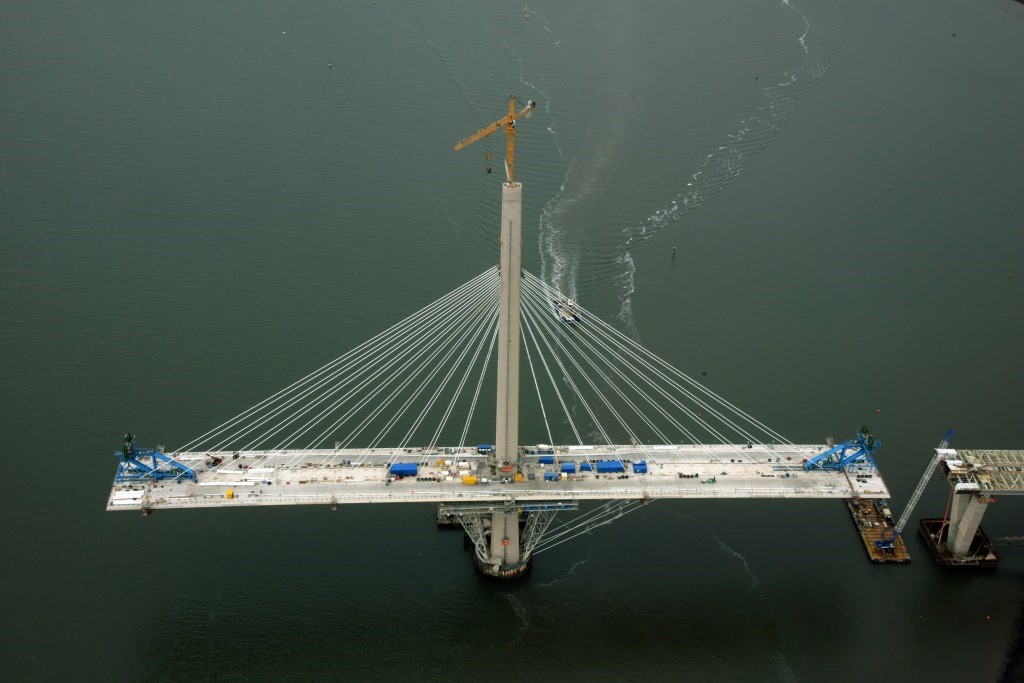Archives

The Queensferry Crossing – Featured Archive
The Queensferry Crossing – Featured Archive https://www.southlandholdings.com/wp-content/uploads/2024/08/Queensferry-Crossing-from-north-viewpoint-1-2315-72dpi-1024x729.jpg 1024 729 Southland Holdings Southland Holdings https://www.southlandholdings.com/wp-content/uploads/2024/08/Queensferry-Crossing-from-north-viewpoint-1-2315-72dpi-1024x729.jpgIn the world of civil engineering, certain projects stand out not only for their scale but also for their intricate design and technical challenges. The Queensferry Crossing in Edinburgh, Scotland, is one such project. This monumental bridge, spanning the Firth of Forth, is a testament to modern engineering, innovation, and perseverance.
A Cable-Stayed Colossus

The Queensferry Crossing is not your typical bridge. With a total length of 2,638 meters, it boasts a central cable-stayed bridge (CSB) that spans 2,090 meters. This design ensures that the bridge is both strong and flexible, capable of withstanding the harsh conditions of the North Sea while providing a vital transport link between Edinburgh and the surrounding regions. The bridge stands at a whopping 210 meters at its highest point making it the tallest bridge in the UK. The Queensferry Crossing was completed and opened in August of 2017.
Construction of the CSB required careful consideration of the bridge’s weight and stability. The segments were built with a combination of concrete and steel, ensuring that the structure could bear the significant loads placed upon it. By January 2016, 60 out of the 110 deck segments had been installed, highlighting the relentless progress of the construction team.
Approach Viaducts: Engineering Precision
The Queensferry Crossing isn’t just about the main span; it also features two approach viaducts on either side. The Approach Viaduct North (AVN) and the Approach Viaduct South (AVS) are essential for connecting the bridge to the existing road networks. These viaducts were constructed in stages, with each section meticulously aligned to ensure a smooth transition onto the main bridge. AVS was launched in 12 phases onto V-Shaped piers and sits at 525 meters long. AVN is made up of two different cross section types: parallel twin composite decks, and a single composite deck with 12 single deck segments and 8 twin deck segments. AVN sits at 221 meters long.
A key challenge in the construction of the approach viaducts was minimizing disruption to the surrounding communities and environment. The team employed innovative techniques such as launching girders from a fabrication facility directly onto the piers, significantly reducing the need for onsite construction.
Towers: The Heart of the Bridge
 Rising high above the Firth of Forth, the three towers of the Queensferry Crossing are perhaps the most striking feature of the bridge. These towers, each reaching heights from 207-210 meters, were designed to anchor the cables that support the bridge deck. The reinforced towers start at bedrock nearly 40 meters below the water.
Rising high above the Firth of Forth, the three towers of the Queensferry Crossing are perhaps the most striking feature of the bridge. These towers, each reaching heights from 207-210 meters, were designed to anchor the cables that support the bridge deck. The reinforced towers start at bedrock nearly 40 meters below the water.
Constructing the towers was no easy feat. The reinforced concrete structures were built in segments, with each new segment being added only after the previous one had set. They were built in 4-meter sections using climbing formworks, or jumpforms, with a total of 54 lifts per tower. This incremental approach ensured the stability of the towers as they grew taller. The towers also had to be resilient enough to withstand the fierce winds that regularly sweep across the waterway. Due to the Scotland’s famous variable weather, the towers featured all-weather “bird-cages” so work could continue in all types of climates.
Making History Overseas
The construction of the Queensferry Crossing was a global effort. The bridge’s design and construction involved companies from across Europe, including Spain, Germany, and the UK. This international collaboration brought together some of the brightest minds in engineering to tackle the numerous challenges presented by the project.
From the initial design phase to the final stages of construction, the project required meticulous planning and execution. By Spring 2017, the Queensferry Crossing was on track to be completed, marking a major milestone in the history of Scottish infrastructure.
A Lasting Impression on the Community
The Queensferry Crossing is more than just a bridge; it’s a crucial component of Scotland’s transport network. The bridge connects the motorway networks on either side of the Firth of Forth, providing a vital link for commuters and freight transport alike. With the completion of the bridge, traffic flow across the waterway improved significantly, reducing congestion and travel times for commuters coming in and out of the city. This iconic bridge stands as a testament to a global effort in engineering in construction and will continue to serve the people of Scotland for years to come.
- Posted In:
- Archives



